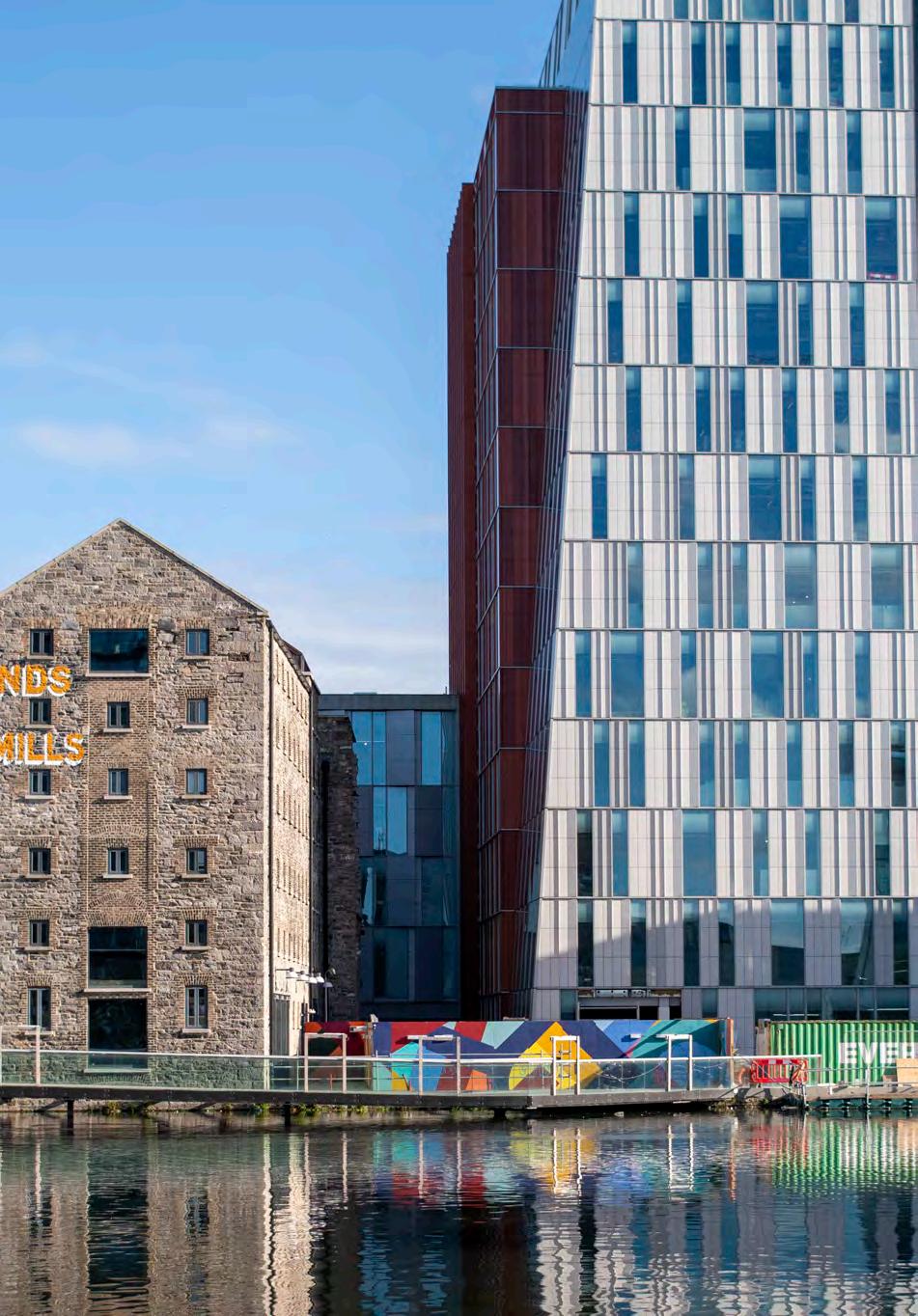
“There is little doubt that many city downtowns are currently witnessing a significant revival. On entering the typical city centre, one is invariably dazzled by an imposing array of gleaming towers, which overlook a kaleidoscopic geography of corporate glamour, conspicuous consumerism, café culture and street-life chic, all in close proximity to some elegantly restored town houses and gentrified terraces.”
MacLeod, G., Raco, M. and Ward, K. (2003) Negotiating the Contemporary City, Urban Studies, 40 (9), 1655–7.
Over the past decade, the south inner city of Dublin has undergone a transformation marked by the controversial process of gentrification. The aftermath of the 2008 global financial crisis served as a catalyst, prompting the government to implement urban renewal projects aimed at reviving neglected areas. This initiative attracted investment, leading to the renovation of old buildings, the emergence of upmarket apartment blocks, the establishment of trendy cafes, and an influx of young professionals.
The images in this book capture the transformation of these urban landscapes, showcasing the modern, towering office blocks and apartments which have replaced warehouses and abandoned areas. A city that was previously resistant to the concept of skyscrapers, is gradually embracing the necessity of high-rise construction to address future commercial and housing demands.
While gentrification has brought economic development and improved infrastructure, it has also resulted in rising property values and rent prices, leading to the displacement of long-time residents. Once vibrant working-class neighbourhoods, like the south inner city, have seen a shift in their social and architectural identity, sparking debate about the social cost of ‘progress.’
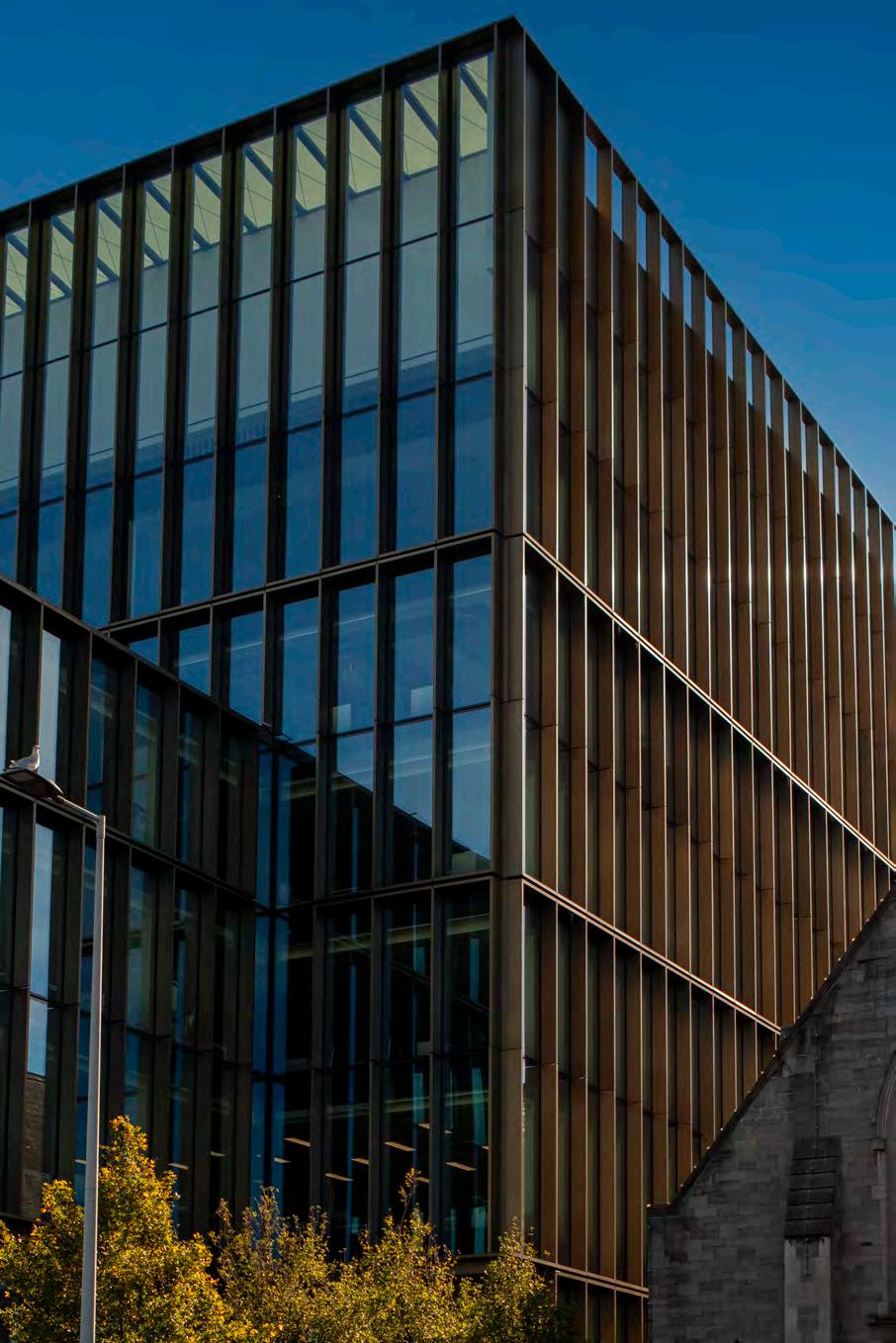
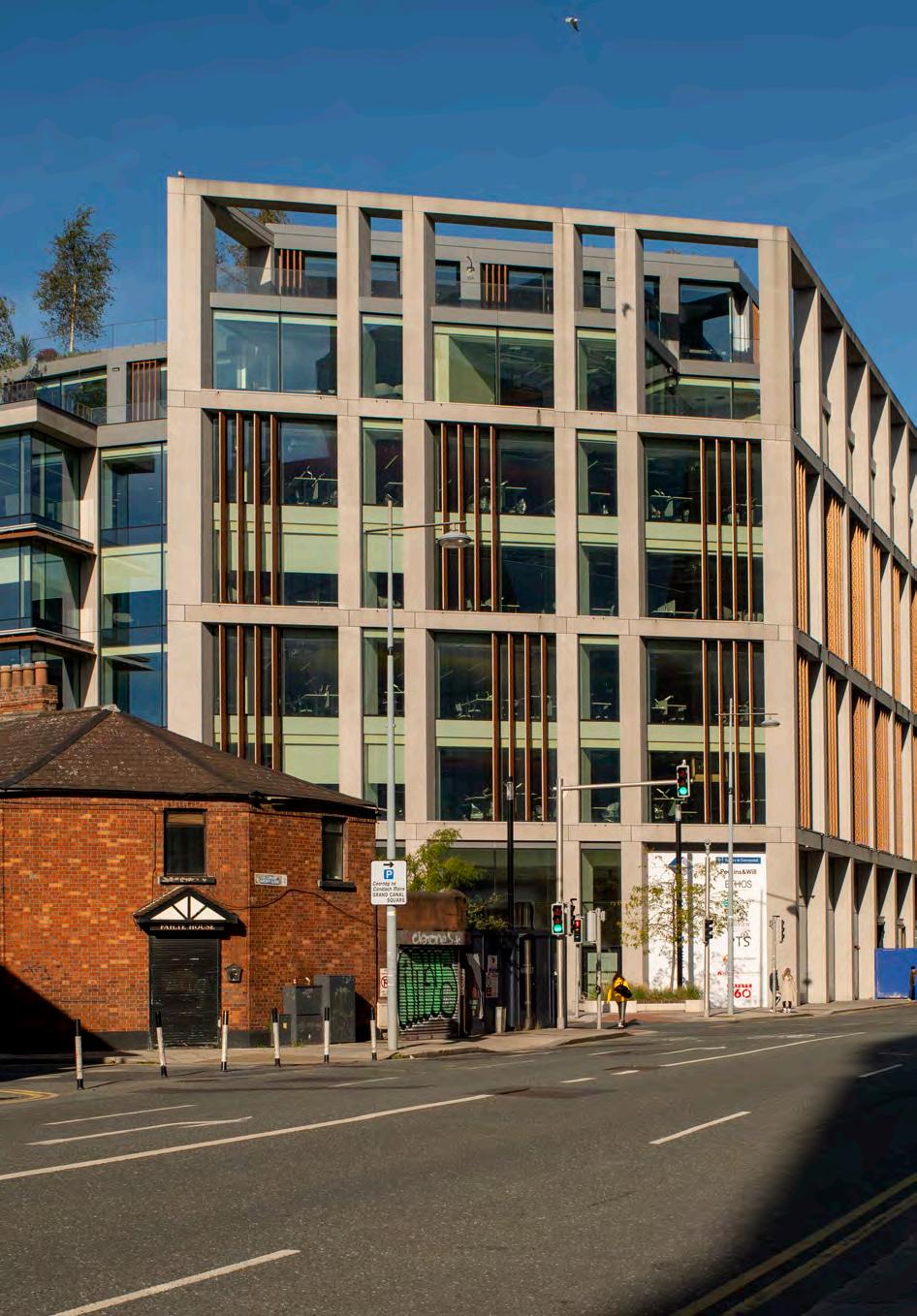
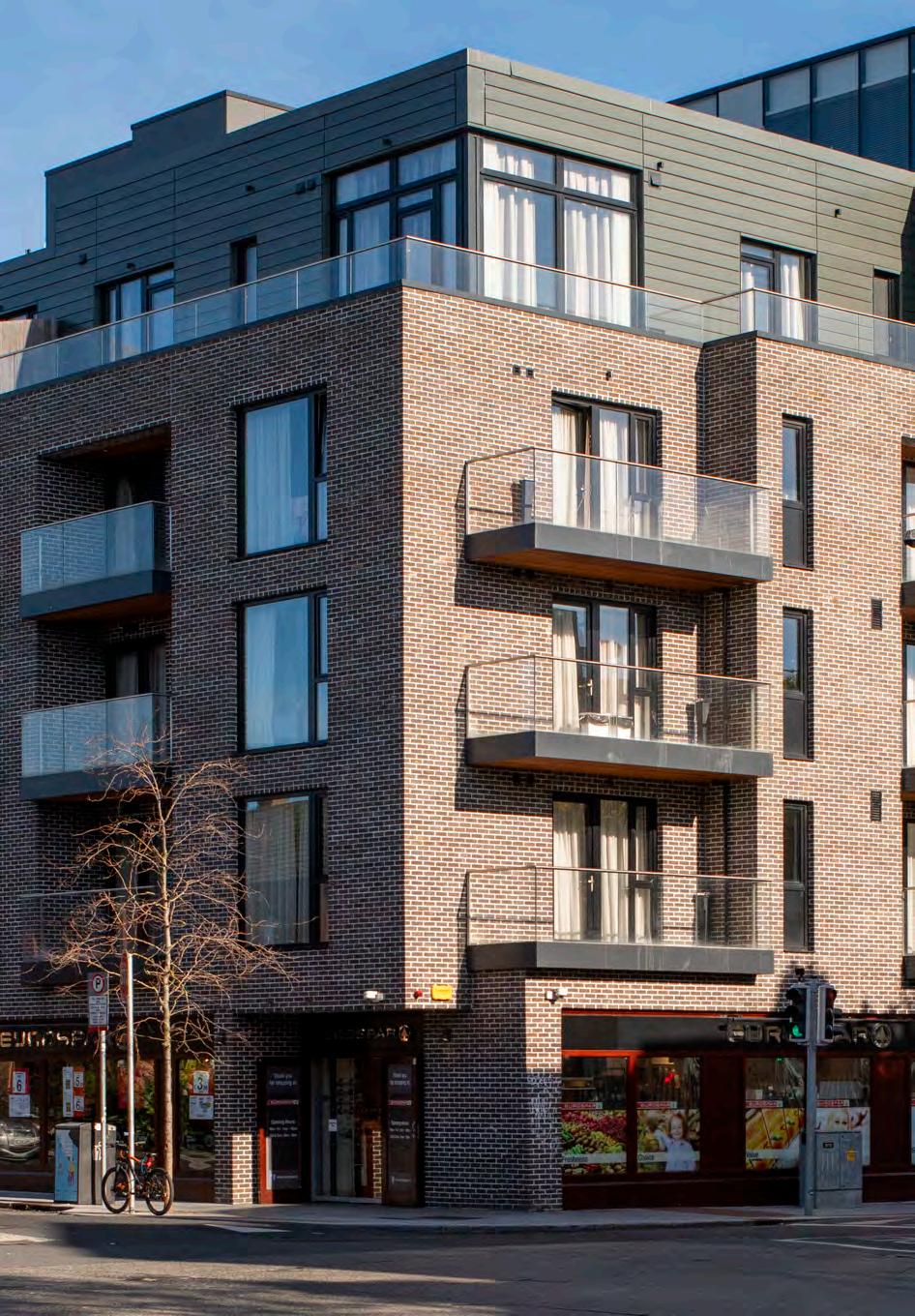
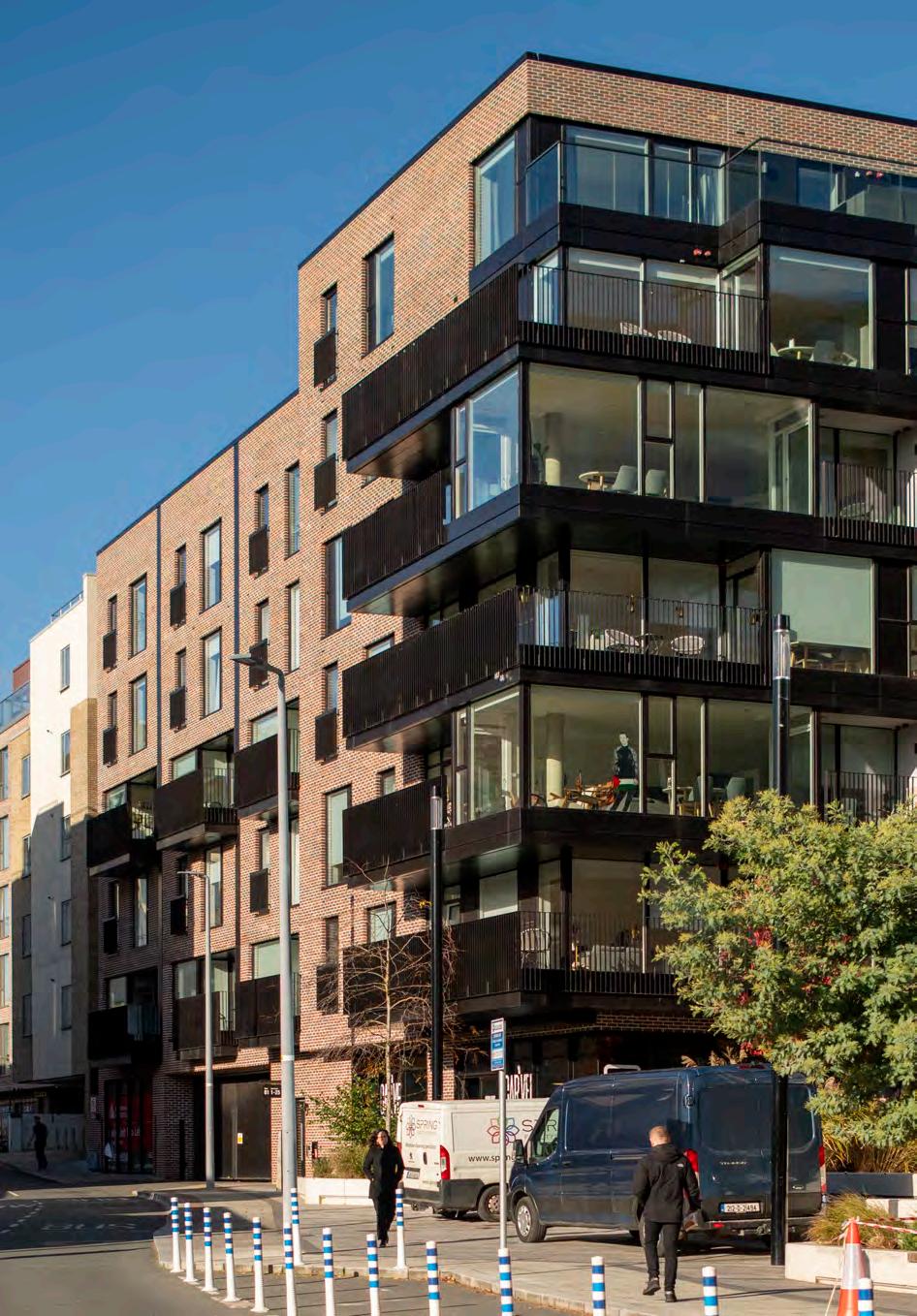
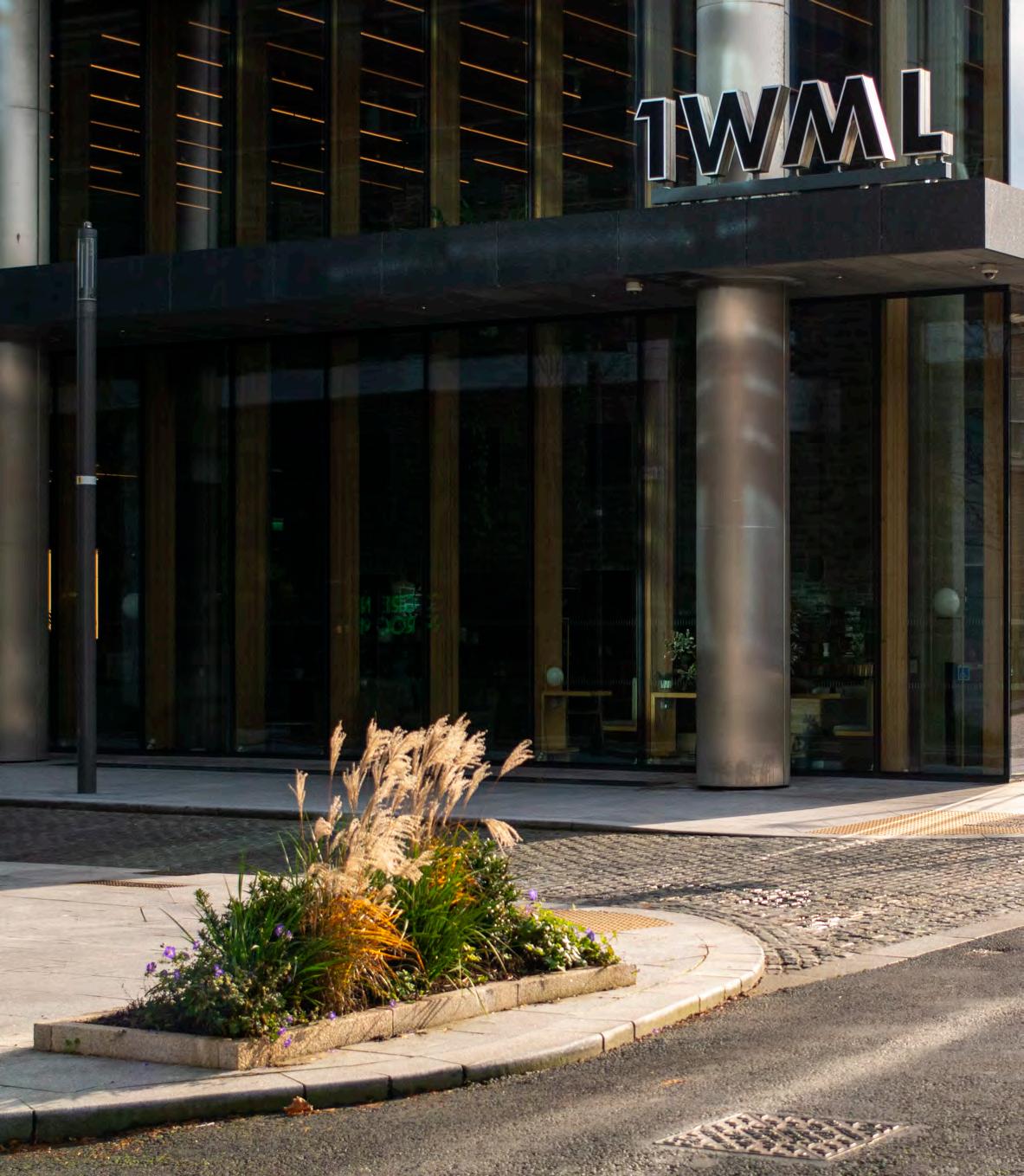

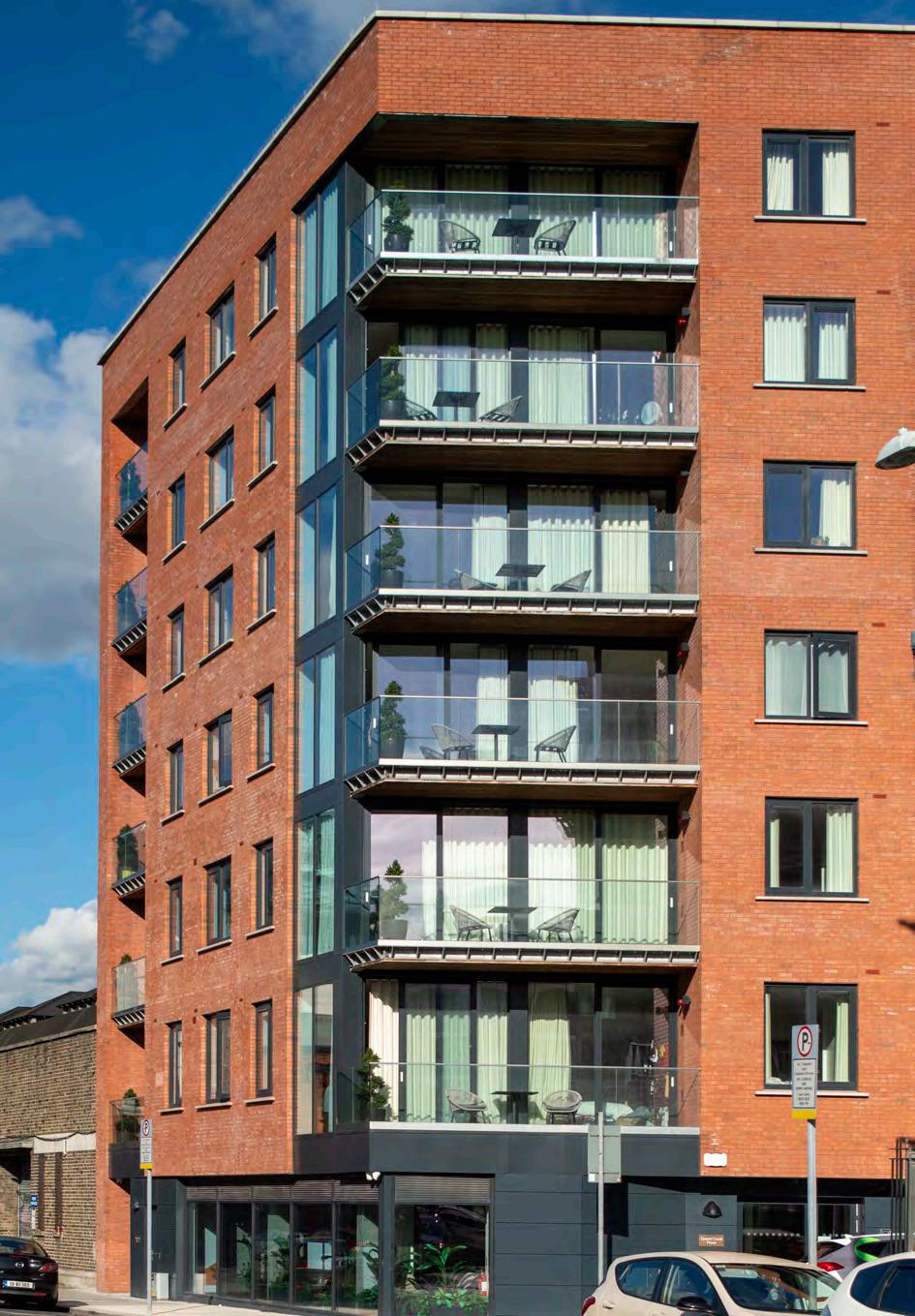
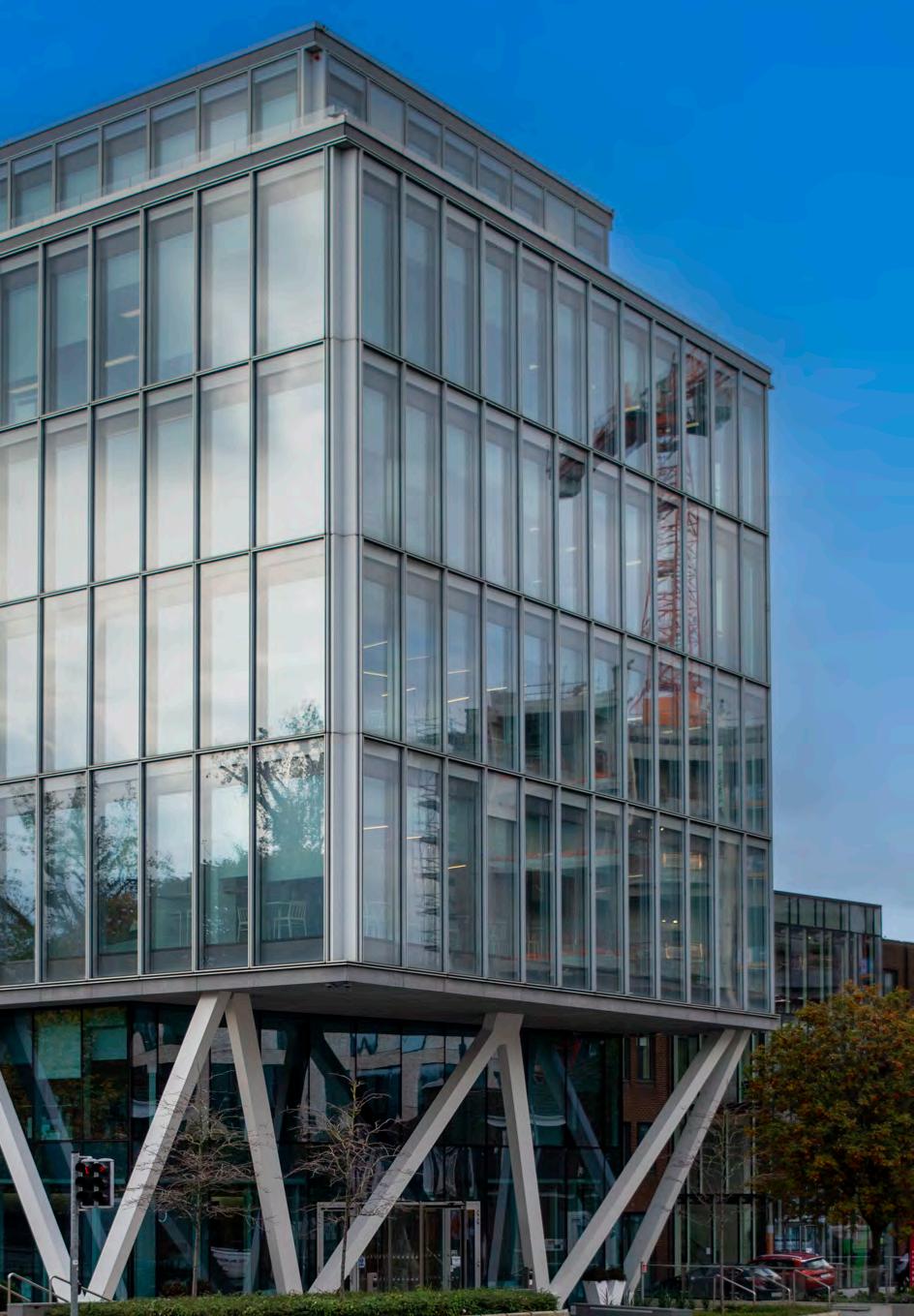
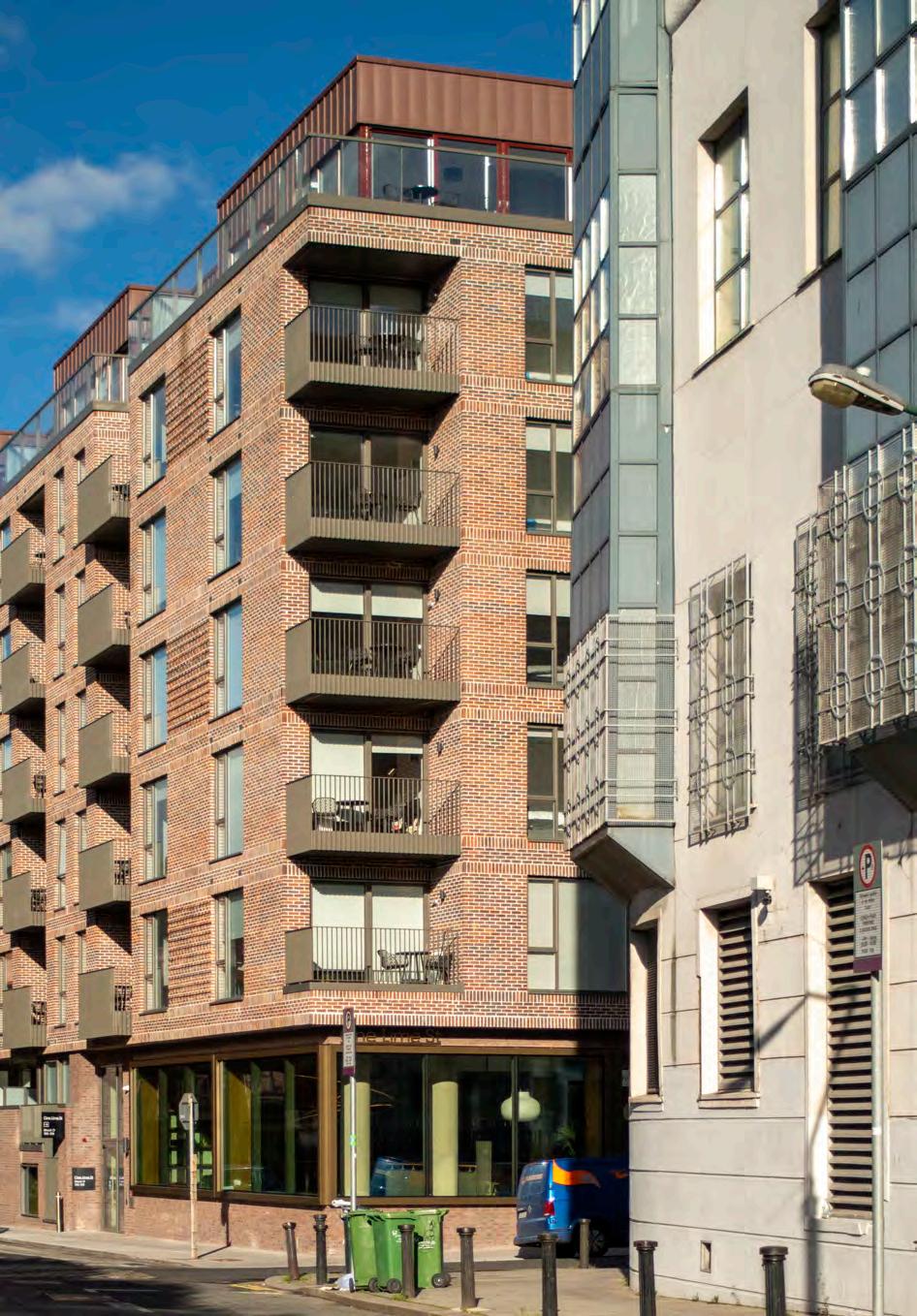
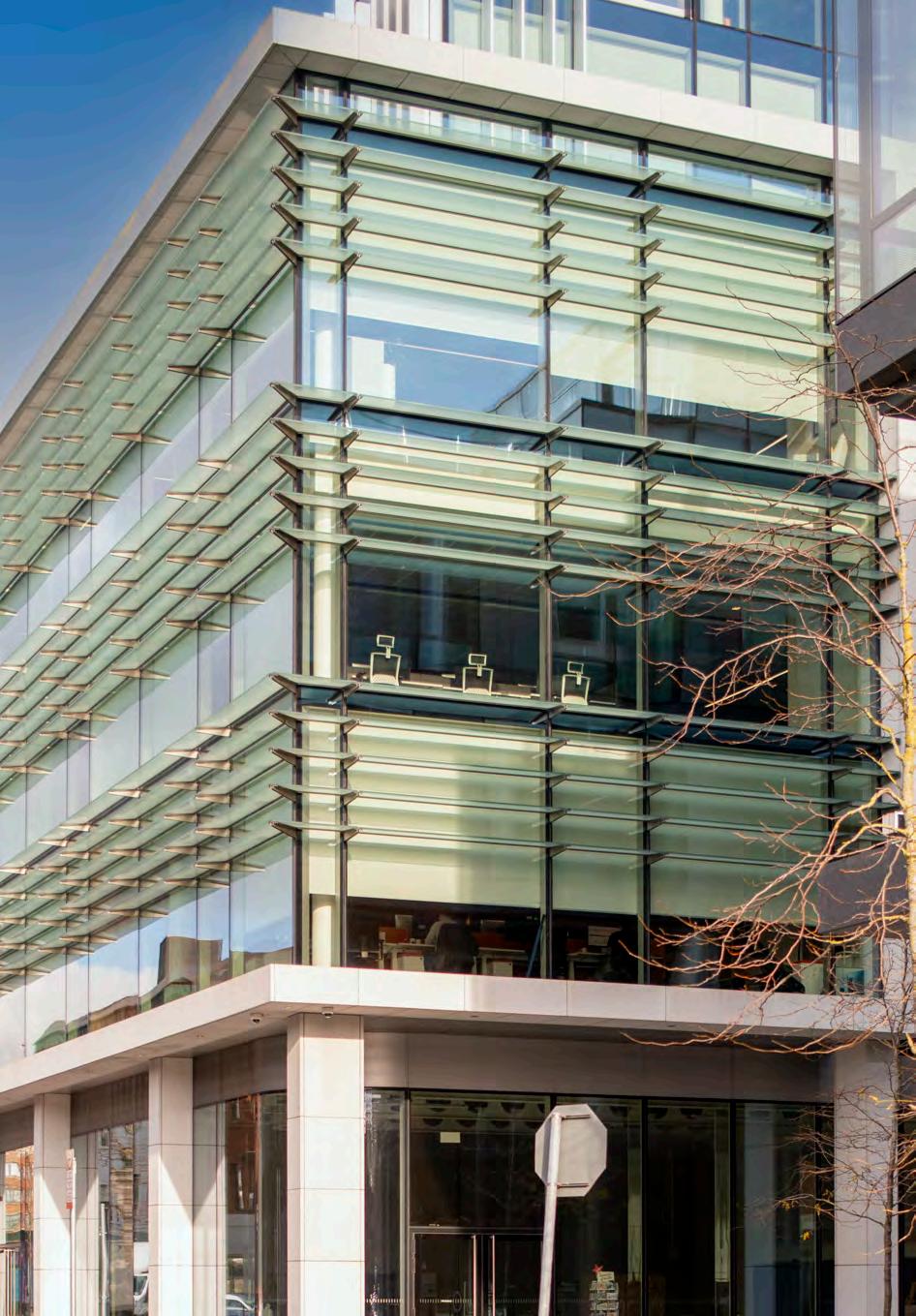
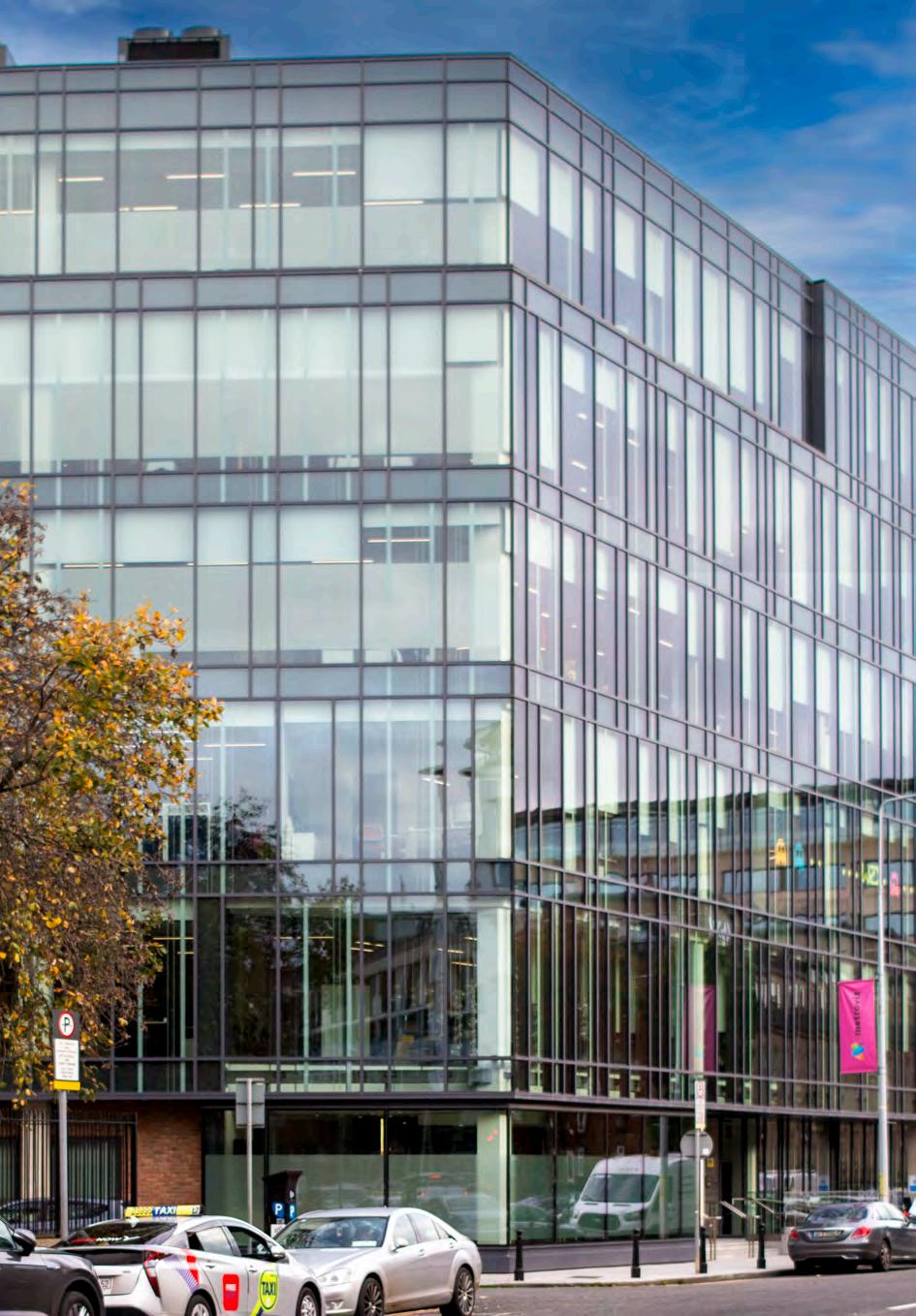
The Sharp Building, 10-12 Hogan Place
30-32
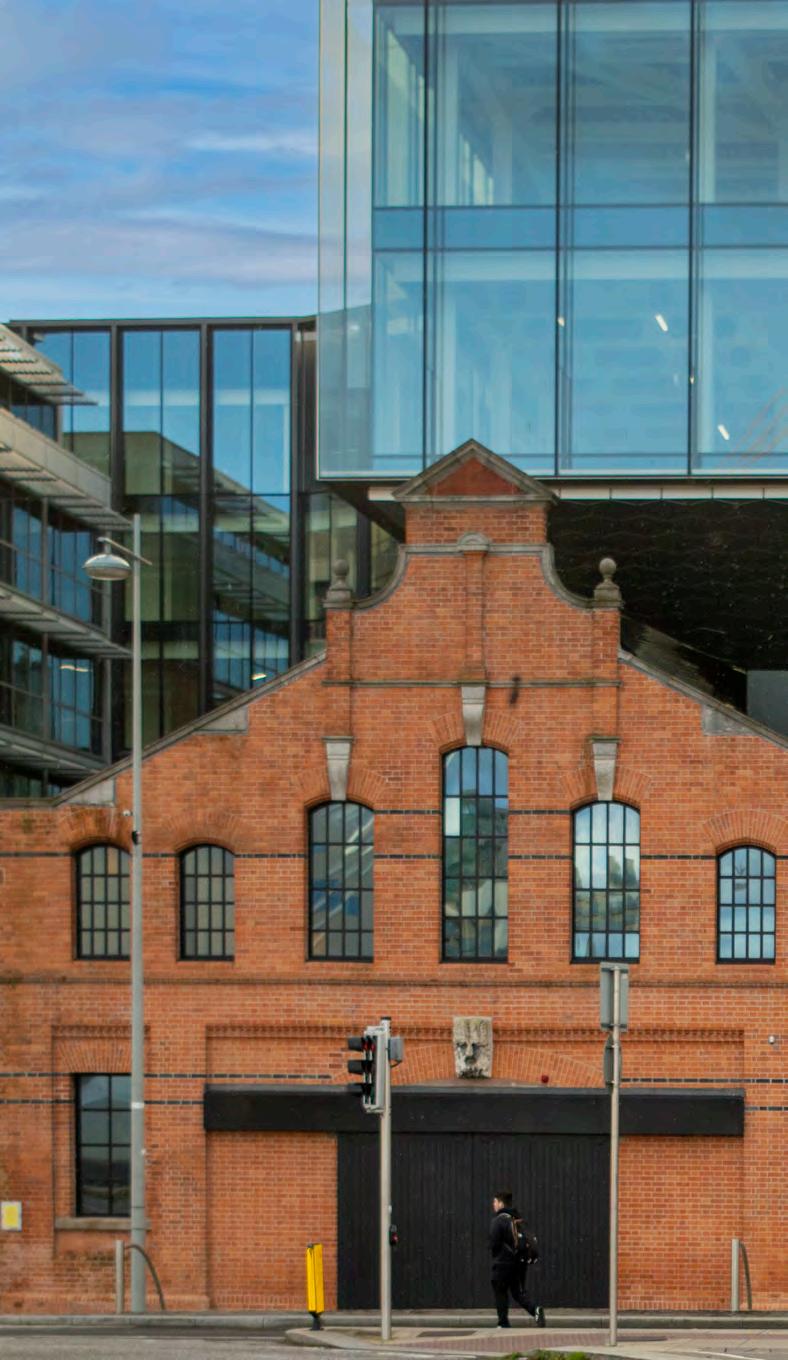
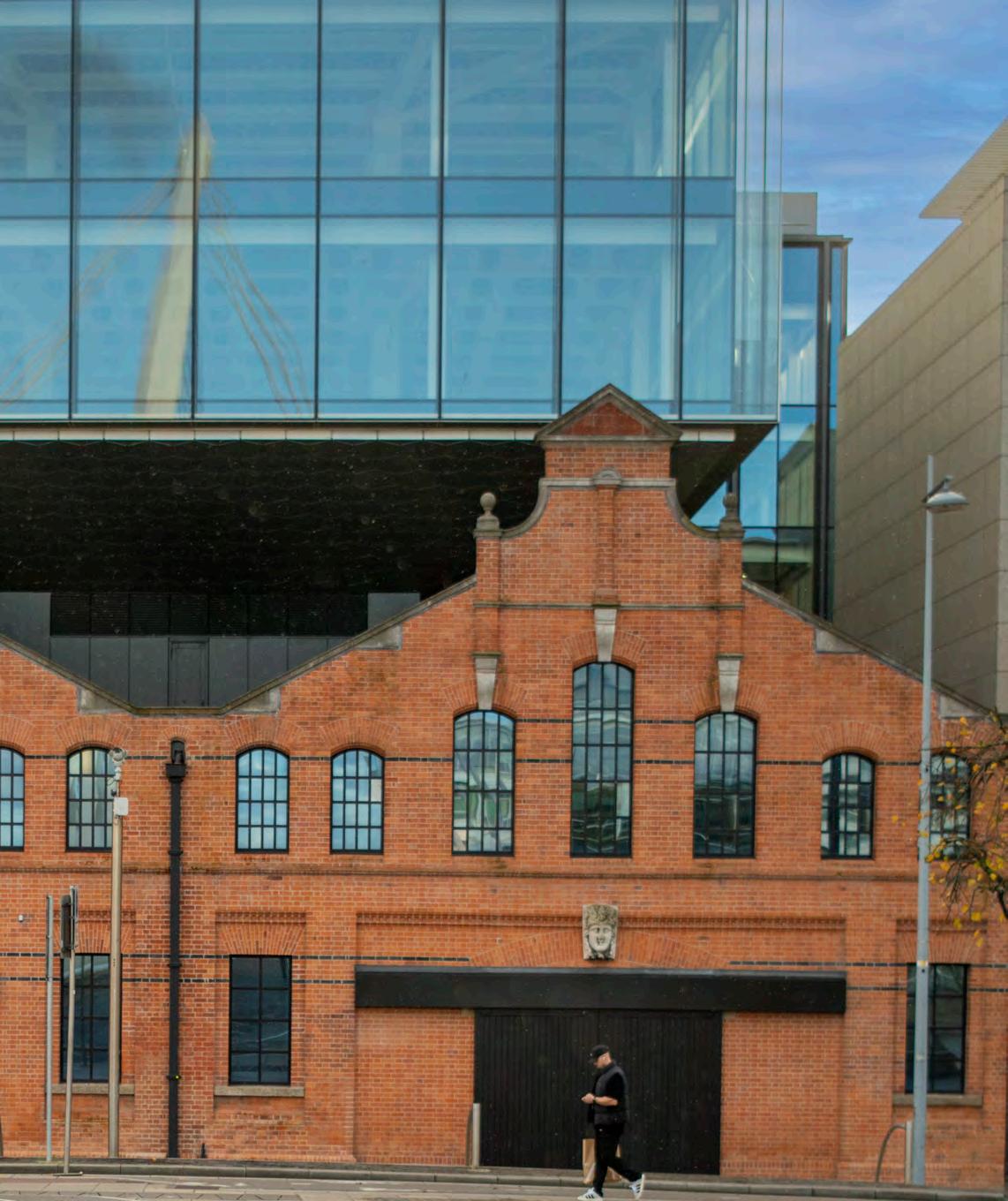
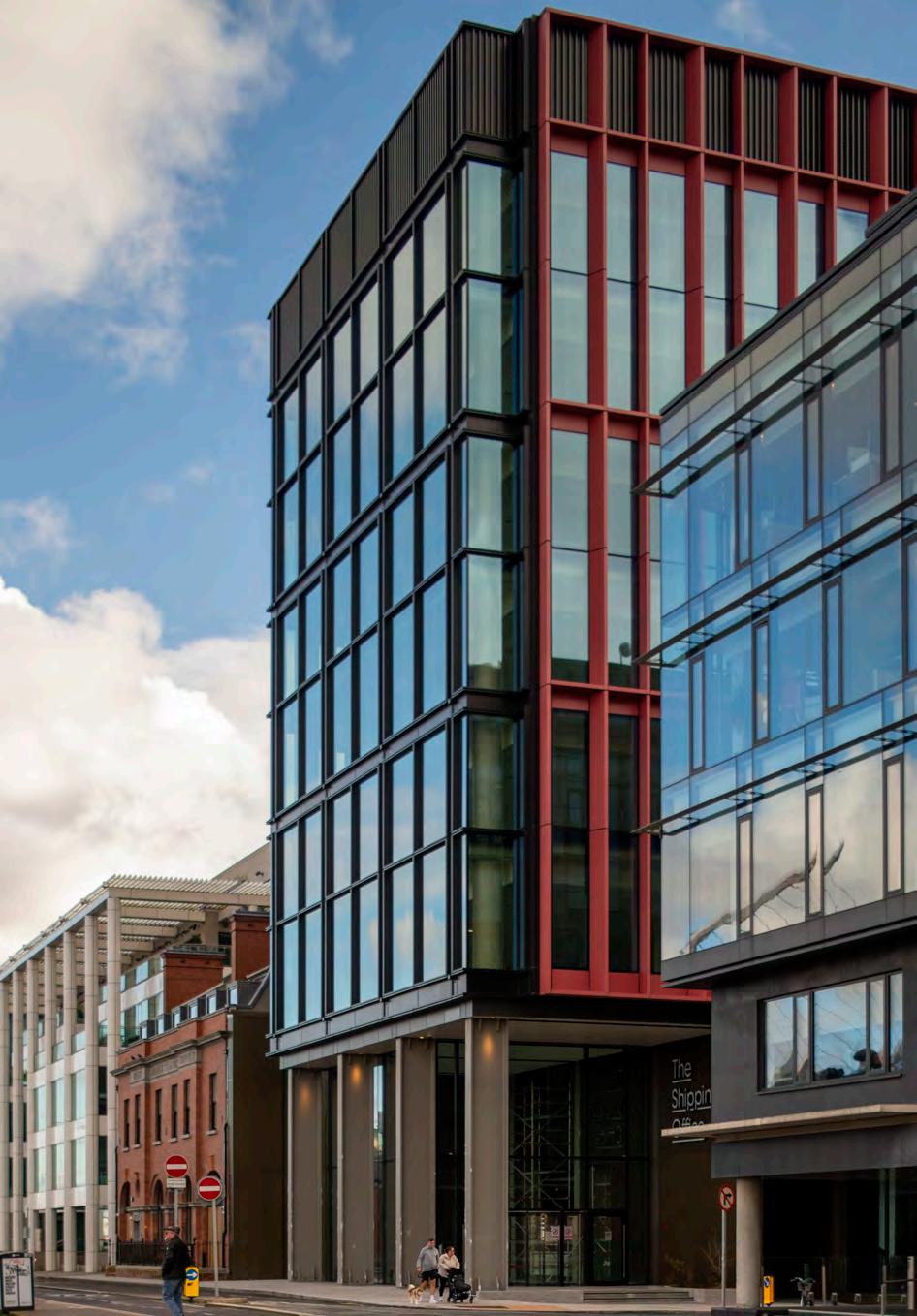
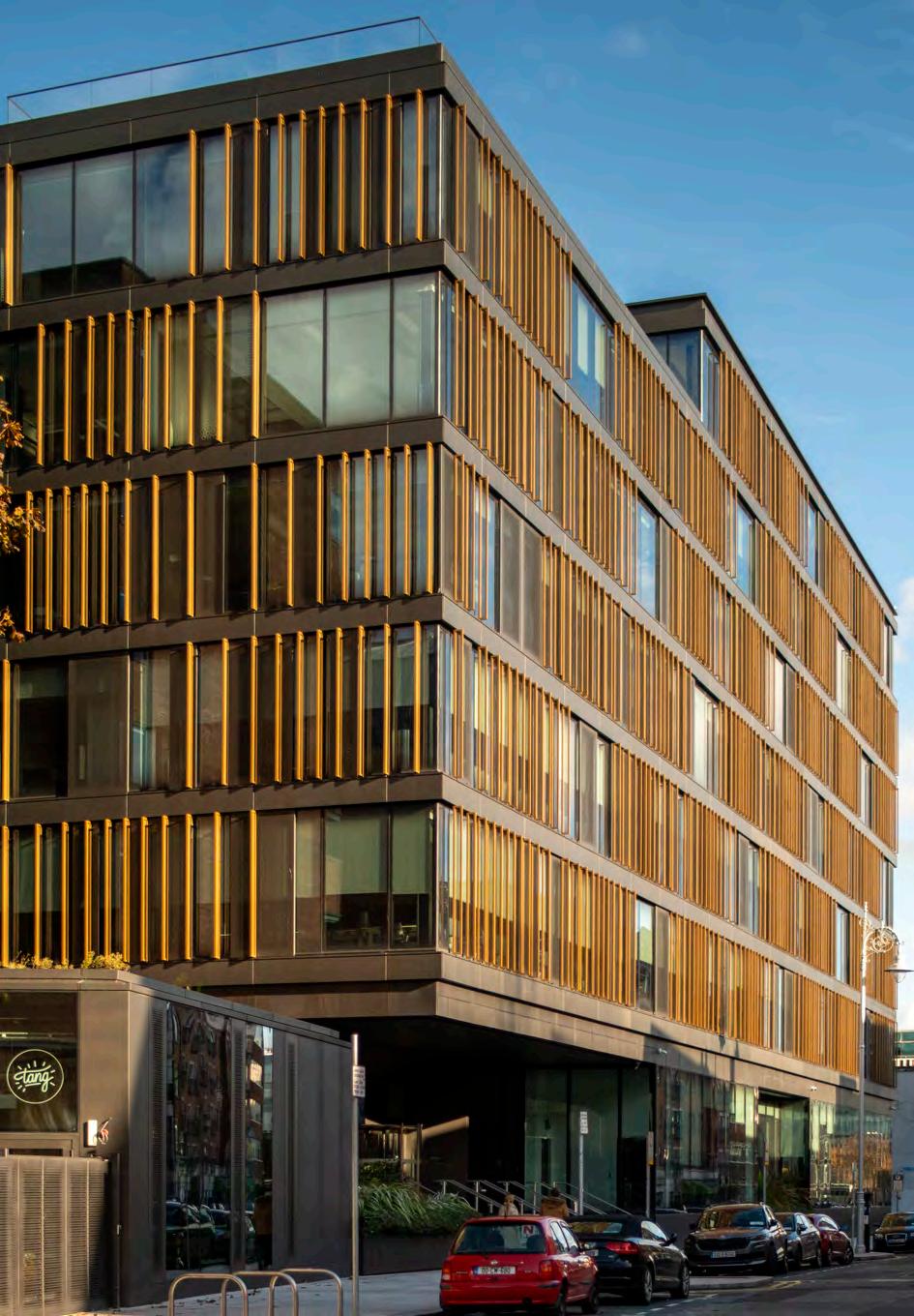
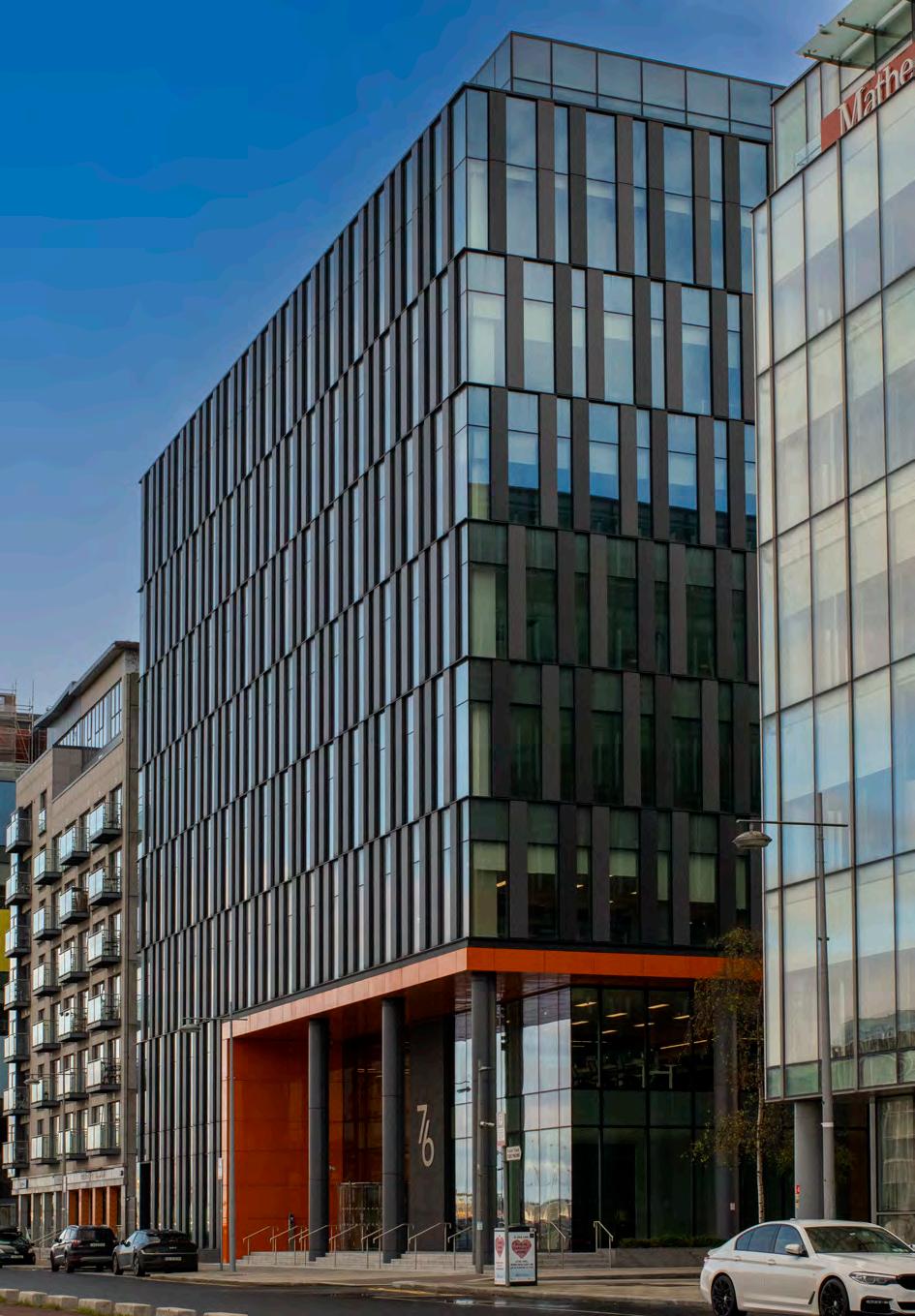
Boland’s Mill, 33 & 34 Barrow Street
